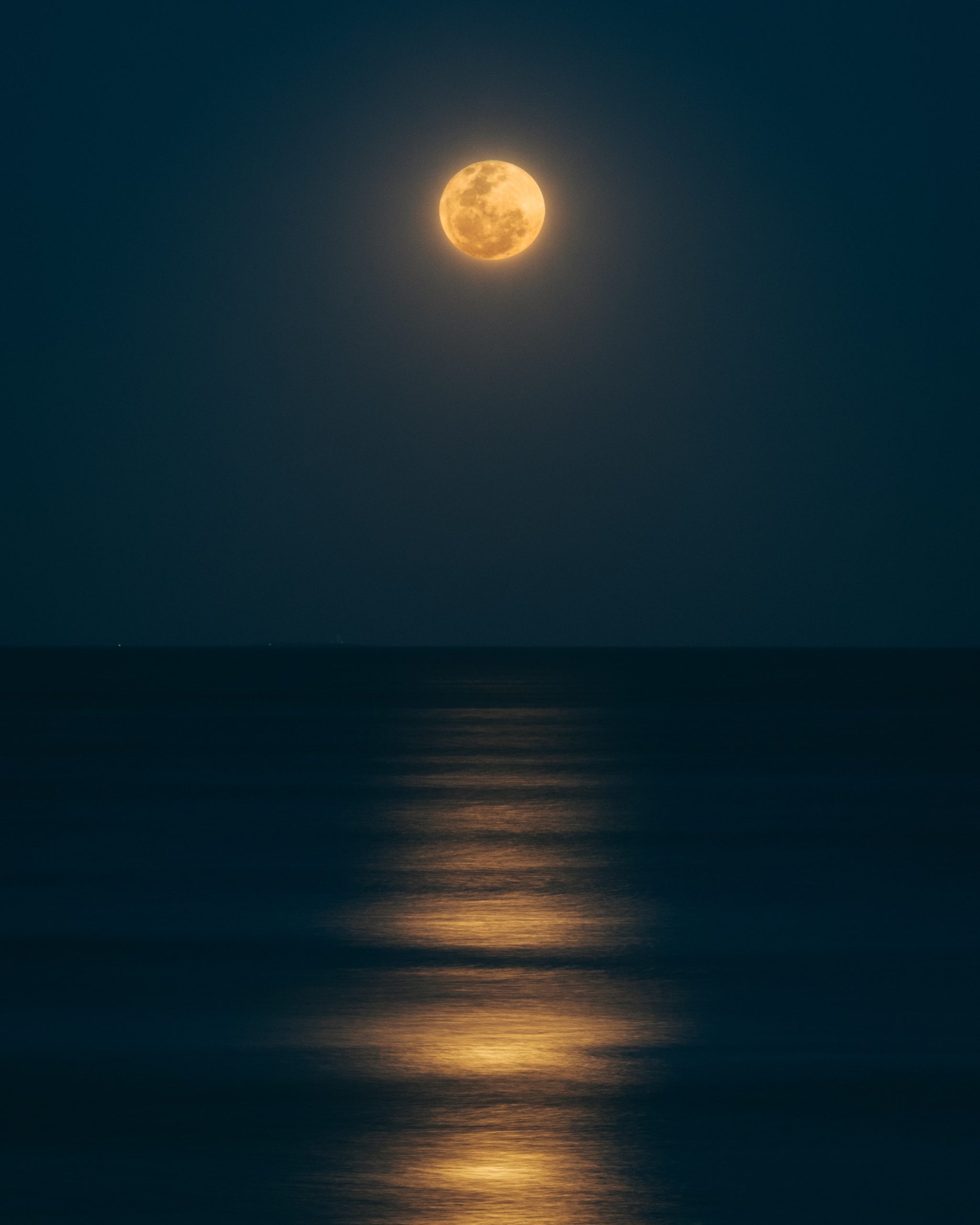What Does a New Moon Look Like and Why Does It Occur?
Have you ever wondered what a new moon looks like? Unlike a full moon, which illuminates the night sky with its bright, shining face, a new moon is quite the opposite. In fact, during this lunar phase, the moon appears almost invisible to the naked eye. In this article, we will explore what a new moon looks like, why it occurs, and some fascinating facts surrounding this mysterious celestial event.
The Phases of the Moon
Before delving into the intricacies of what a new moon looks like, it’s essential to have a basic understanding of the moon’s different phases. There are eight distinct phases of the moon, each with its unique characteristics:
- New Moon
- Waxing Crescent
- First Quarter
- Waxing Gibbous
- Full Moon
- Waning Gibbous
- Last Quarter
- Waning Crescent
As you can see, the new moon is the first phase of the lunar cycle. It marks the beginning of the moon’s journey from darkness to brightness.
The Appearance of a New Moon
During a new moon, the moon sits between the Earth and the Sun. From our perspective, this means that the illuminated side of the moon is facing away from us, making it nearly impossible to see. The side of the moon that is receiving sunlight is hidden, leaving only its dark silhouette visible.
At its peak, a new moon appears as a small, faint crescent of dim light. To the untrained eye, it may seem as if the moon has completely vanished from the night sky. In reality, the moon is still there, just with minimal visibility due to the absence of reflected sunlight.
Despite its subdued appearance, a new moon is a significant astronomical event. It signals the start of a new lunar cycle and holds cultural and religious significance in various societies around the world.
Why Does a New Moon Occur?
A new moon occurs due to the moon’s orbit around the Earth and its interaction with the Sun’s light. The moon travels in an elliptical path around the Earth, with one complete orbit taking approximately 29.5 days.
During a new moon, the moon is positioned in such a way that the side of the moon that faces the Earth is not receiving any direct sunlight. Instead, the sun-facing side of the moon is fully illuminated, creating a situation where the moon appears invisible from Earth.
The alignment of the Earth, moon, and sun during a new moon results in a synchronization of gravitational forces that lead to other fascinating phenomena, such as high and low tides on Earth.
Fascinating Facts about the New Moon
Now that we understand what a new moon looks like and why it occurs, let’s explore some intriguing facts about this lunar phase:
- The exact appearance of a new moon can vary depending on various factors, such as atmospheric conditions and light pollution in a given location.
- New moons are more challenging to observe compared to other lunar phases due to their limited visibility.
- Contrary to popular belief, a new moon does not refer to a blacked-out moon but rather a moon that is not visible from Earth.
- Astronomers and space enthusiasts often use new moon periods for stargazing because the absence of moonlight allows for optimal viewing of distant stars and celestial objects.
- The new moon phase marks the beginning of the Islamic lunar month and is of significant religious importance in Islam. Muslims look for the sighting of the new moon to determine the start of religious observances.
So, the next time you find yourself gazing at the night sky and wonder why the moon appears to have vanished, remember that it is merely experiencing a new moon phase. While it may be tricky to spot, the new moon holds a special place in the lunar cycle and continues to captivate astronomers and sky-watchers alike.
In Conclusion
A new moon is a unique phenomenon that occurs when the moon is positioned between the Earth and the Sun, rendering it almost invisible from our perspective. It marks the beginning of the lunar cycle and presents a rare opportunity for stargazers to observe a night sky unobstructed by the moon’s luminosity.
While a new moon may not possess the same visual allure as a full moon, its understated presence adds to the beauty and diversity of our celestial surroundings. So, the next time you encounter a new moon, take a moment to appreciate its quiet elegance and the wonders that lie beyond its enigmatic surface.
Table of Contents
